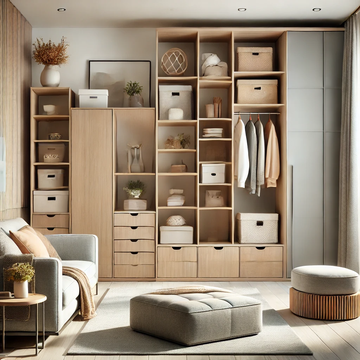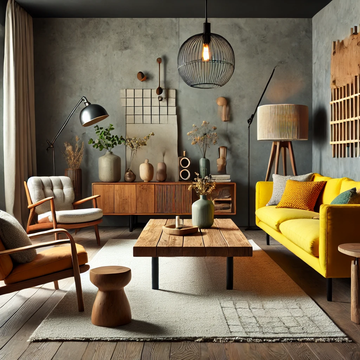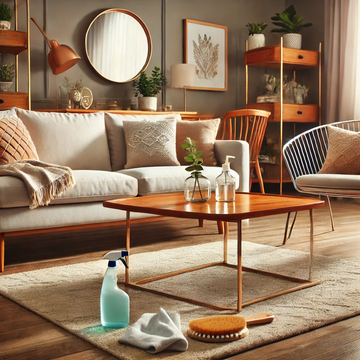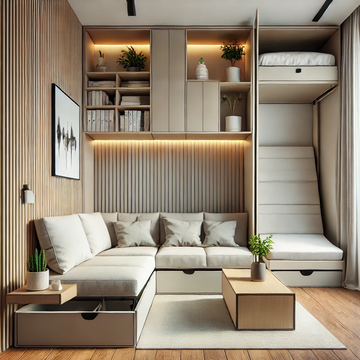Why Choosing the Right Support Matters
Let’s face it, we've all been there—trying to get that perfect shot only to find ourselves juggling a shaky camera or struggling with blurred images. It’s enough to make you want to pull your hair out, right? If you’re a photographer or videographer, investing in the right support for your camera is a game-changer. Whether you’re capturing a serene landscape or filming a fast-paced action scene, having a reliable tripod or stabilizer can make all the difference. It’s like having the right pair of shoes for a marathon—suddenly, everything becomes smoother and more enjoyable.
So, let’s dive into how you can choose the best tripod or stabilizer for your needs. We’ll break down the options, share some tips, and help you find the perfect support to keep your shots steady and your creative vision on point.
Understanding Tripods and Stabilizers
First things first, let’s get clear on what tripods and stabilizers actually do.
Tripods are all about stability. They’re three-legged stands that hold your camera steady, eliminating shakes and blurs. They’re ideal for long exposures, time-lapses, and those moments when you need your camera to stay put.
Stabilizers, on the other hand, are designed to keep your camera steady while you’re on the move. They come in various forms, from handheld gimbals to more advanced Steadicams. They’re your go-to when you’re capturing dynamic scenes and need to smooth out those bumps and jitters.
Types of Tripods
Standard Tripods: These are the classics—reliable, sturdy, and perfect for most photography and videography needs. They’re great for landscapes, portraits, and studio work.
Travel Tripods: If you’re always on the go, a travel tripod might be your best bet. They’re compact and lightweight, so you can easily toss one in your bag and head off to your next adventure.
Heavy-Duty Tripods: For those of you using larger cameras or shooting in rugged conditions, a heavy-duty tripod is a must. They’re built to handle more weight and stand up to rougher use.
Mini Tripods: Small but mighty, mini tripods are fantastic for compact cameras or smartphones. They’re handy for those quick shots and can fit into even the smallest bags.
Types of Stabilizers
Gimbals: These nifty devices use motors to keep your camera level as you move. They’re perfect for creating smooth, cinematic shots, even if you’re walking or running.
Steadicams: If you’re going for a professional look, a Steadicam is the way to go. It’s more complex and often used in film production, but it provides exceptional stability for dynamic shooting.
Handheld Stabilizers: These are the budget-friendly options. They’re simpler than gimbals and Steadicams but still do a decent job of reducing camera shake.
Choosing the Right Tripod
So, how do you pick the right tripod for your needs?
Consider Your Camera Type and Weight: Make sure the tripod can support the weight of your camera and any additional gear you might use.
Assess Your Shooting Environments: Think about where you’ll be using the tripod. Will you be on uneven ground, or in a studio setting? Choose a tripod that suits your typical environment.
Look for Features: Adjustable height, sturdy legs, and secure locks are key features that can make your shooting experience smoother and more reliable.
Choosing the Right Stabilizer
When it comes to stabilizers, here’s what you need to think about:
Determine the Type of Footage: If you’re after smooth, cinematic shots, a gimbal is probably your best bet. For general stabilisation, a handheld stabilizer might be enough.
Evaluate Size and Weight: Ensure that the stabilizer can handle your camera setup and is comfortable to use.
Consider Battery Life: Some stabilizers need charging, so check the battery life and how often you’ll need to recharge.
Setting Up Your Tripod
Getting your tripod set up correctly is key to ensuring stability:
Proper Setup: Make sure the legs are evenly spread out and the centre column is adjusted properly. This will keep your camera stable and secure.
Balancing Your Camera: Attach your camera carefully and check that it’s balanced. This helps avoid any wobbles and keeps your shots sharp.
Using Your Stabilizer Effectively
To get the best out of your stabilizer:
Balancing the Camera: Properly balance your camera on the stabilizer before you start filming. It makes a world of difference.
Basic Techniques: Practice basic movements and techniques to get smooth footage. Avoid sudden jerks and keep your movements steady.
Common Mistakes to Avoid: Watch out for issues like unbalanced setups or incorrect handling. These can lead to shaky footage and frustrate your efforts.
Maintenance and Care
Taking care of your tripod and stabilizer ensures they last longer:
Cleaning and Storing: Regularly clean your gear and store it properly. Avoid leaving it in damp or dusty environments.
Checking for Wear and Tear: Regularly inspect your equipment for any signs of damage or wear. Addressing these issues early can prevent bigger problems.
Tips for Longevity: Follow manufacturer guidelines for maintenance and handle your gear with care to extend its lifespan.
Troubleshooting Common Issues
Even with the best equipment, issues can arise:
Tripod Instability: Check for loose legs or faulty locks if your tripod feels unstable.
Stabilizer Calibration Problems: Recalibrate your stabilizer if it’s not performing as expected.
Adjustments for Conditions: Make necessary adjustments based on the shooting environment to maintain stability.
Ready to Get Steady?
Choosing the right support for your camera doesn’t have to be overwhelming. Whether you need a trusty tripod or a high-tech stabilizer, the right equipment can make your shooting experience smoother and more enjoyable. So, what are you waiting for? Equip yourself with the right support and start capturing those perfect shots today. You’ll be amazed at how much difference it can make!




